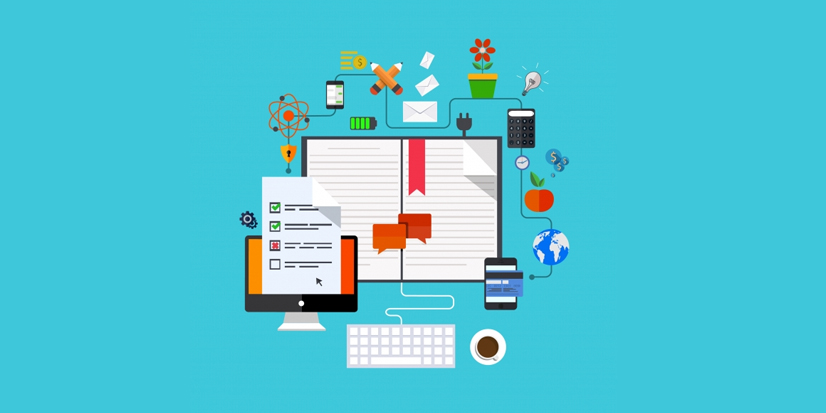
The Internet of Things, or IoT, is no longer just a slogan but a revolutionary force that is changing how gadgets connect and interact. As the IoT continues to shape our digital landscape, web development finds itself at the center of this technological revolution. Let us explore the ways in which the growing Internet of Things is influencing the direction of web development today.
- Interconnected Devices:
The IoT ecosystem is all about connectivity, and web developers are embracing this trend by creating platforms that seamlessly integrate with many devices. From smart home gadgets to industrial sensors, web development is adapting to support diverse devices, providing users with a unified and interconnected experience.
- Data Management and Analytics:
As the number of connected devices rises, managing huge quantities of data becomes difficult. Web developers are focusing on strong analytics and data management solutions to gather valuable information from the huge amount of data that IoT devices create. Based on real-time data, this trend gives organizations the ability to make the correct choices.
- Security Measures:
The security issue is growing along with the IoT environment. To protect linked devices and the data they produce, web developers are using strict security measures. Implementing encryption, secure protocols, and regular software updates are becoming integral parts of web development practices to address IoT-related security challenges.
- Edge Computing:
Dealing with real-time data from IoT devices creates timing difficulties for traditional cloud computing. Web developers are turning to edge computing, bringing processing power closer to the source of data generation. This trend ensures faster processing and response times, which is essential for applications requiring quick decision-making.
- User Experience Enhancement:
IoT-enabled web applications aim to enhance user experiences by seamlessly integrating with smart devices. Web development company Kolkata is placing a higher priority on user-friendly designs that make the most of the Internet of Things. Examples of these include simple interfaces for managing home automation systems and dashboards for monitoring industrial applications in real time.
- Integration of Artificial Intelligence (AI):
The synergy between IoT and AI is reshaping web development. Developers are integrating AI algorithms to analyze IoT-generated data, enabling predictive maintenance, personalized recommendations, and automated decision-making. Web applications are being transformed by this trend from simple connectivity to becoming intelligent, adaptable systems.
- Energy Efficiency:
As the number of connected devices increases, energy efficiency becomes increasingly important. Web developers are crafting IoT solutions that maximize energy consumption, ensuring sustainable and eco-friendly operations. This trend aligns with the growing emphasis on green technologies in both web development and the IoT.
- Standardization Efforts:
With the diversity of IoT devices, standardization becomes essential. Web developers are actively participating in standardization efforts to create uniform protocols and frameworks that allow seamless communication between devices. The development of web apps with IoT capabilities is made easier and more accessible by this trend.
- Blockchain Integration:
Blockchain technology’s autonomous and secure nature is finding its way into IoT-enabled web development. Web developers are exploring blockchain solutions to enhance the security, transparency, and trustworthiness of IoT transactions and data exchanges. This trend addresses concerns related to data integrity and trust in the IoT ecosystem.
One thing is certain as we go through the always-changing IoT landscape: web development will remain at the center of transforming IoT prospects into seamless, networked realities.
